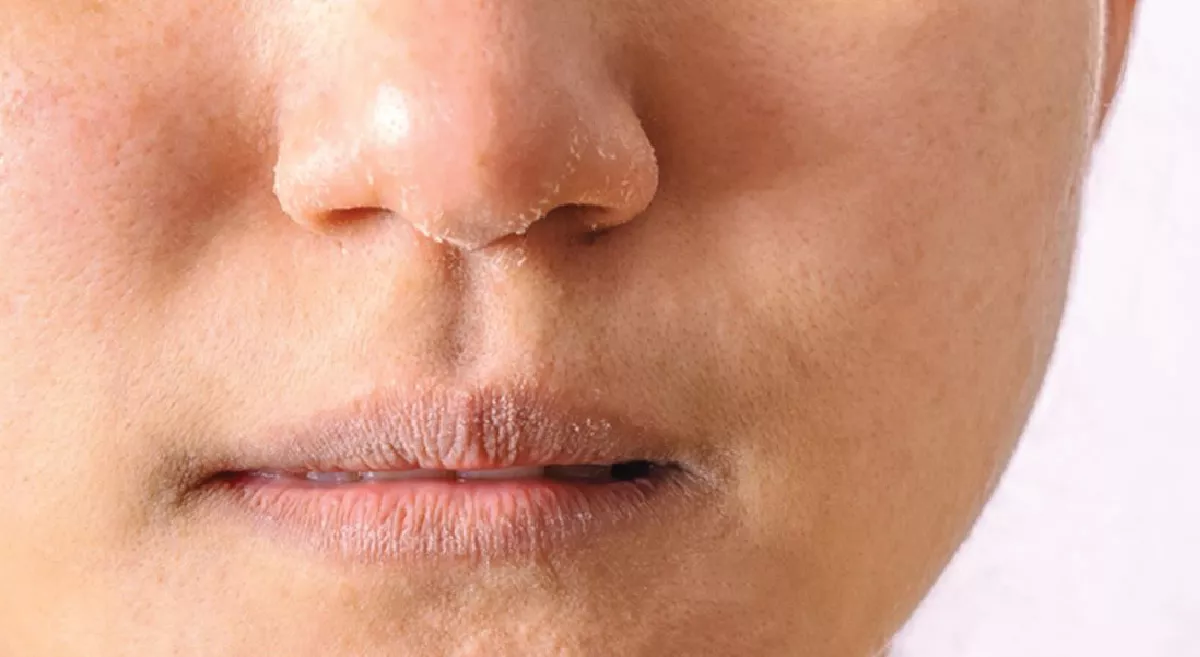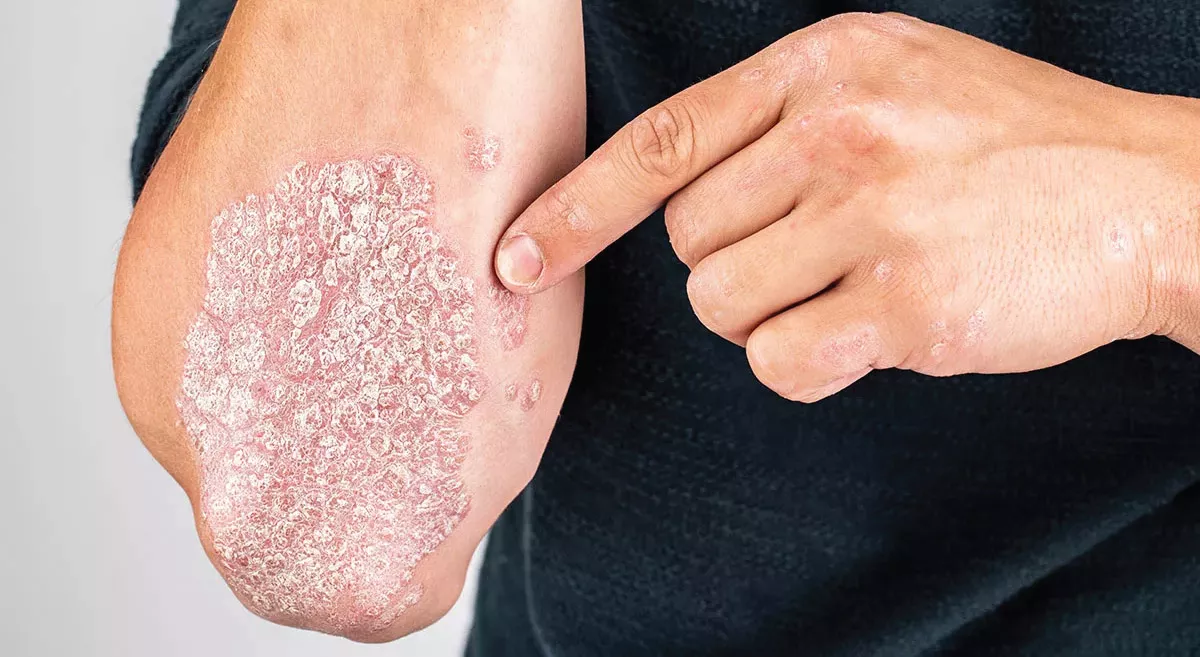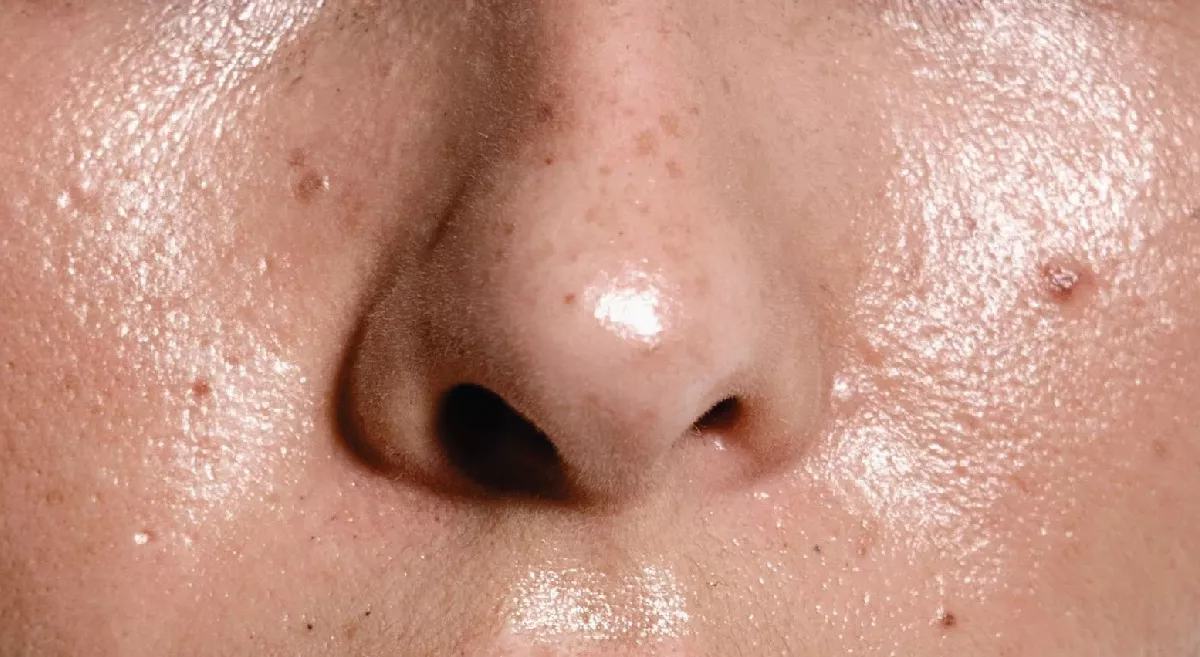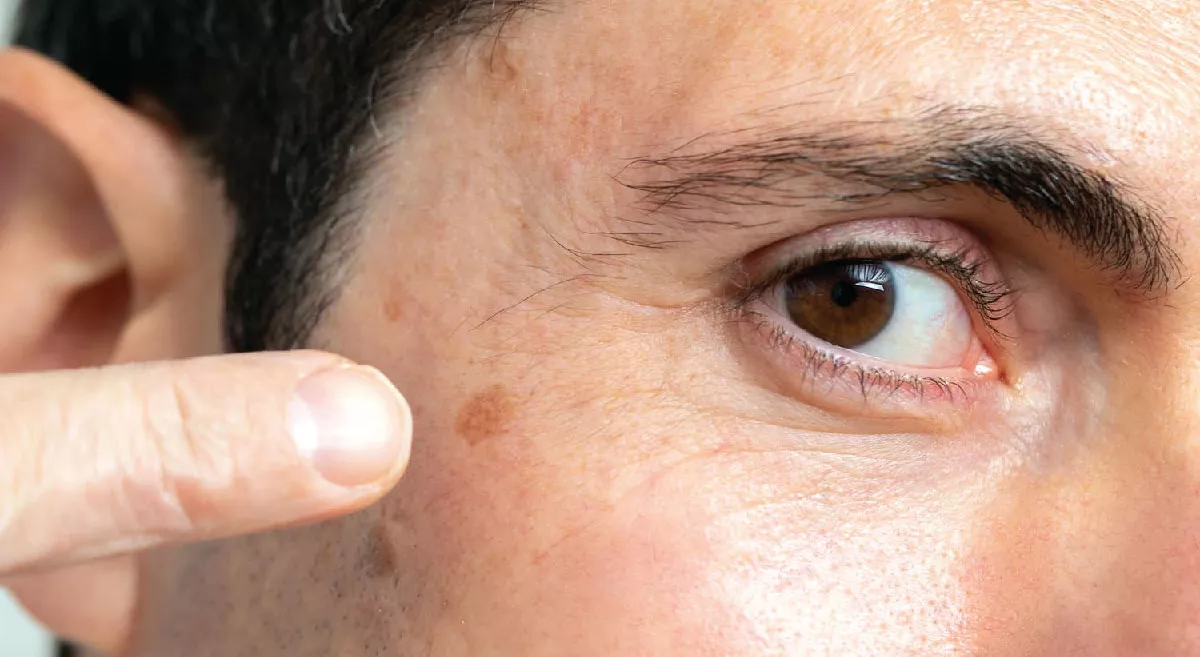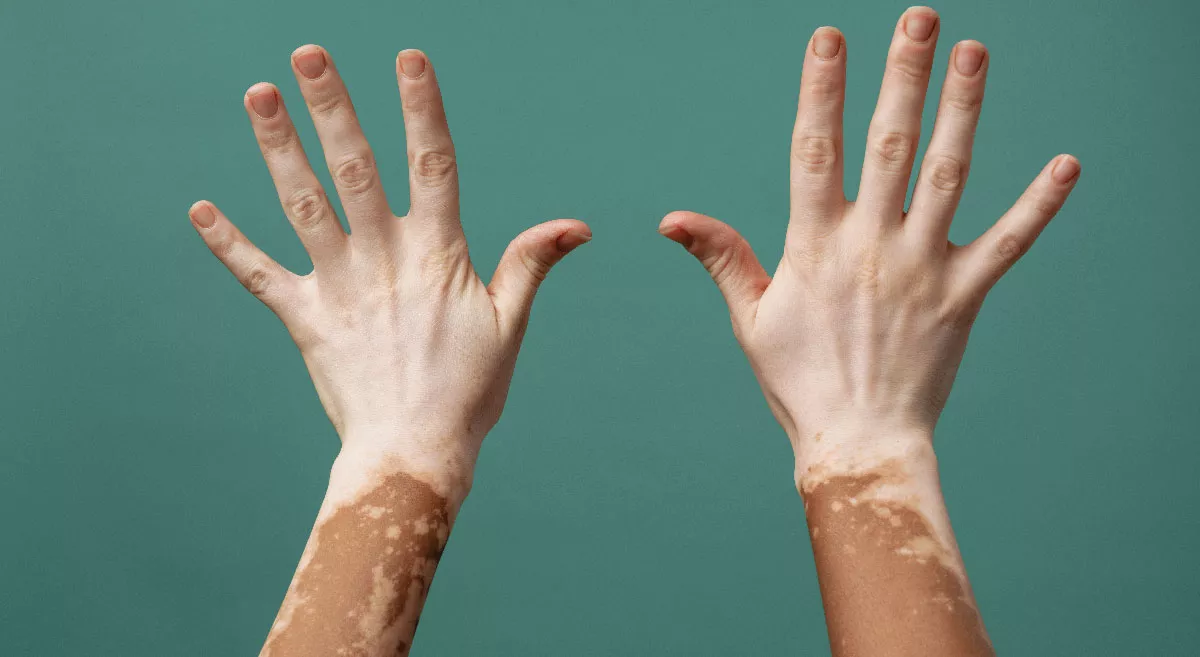Prevention and treatment strategies for vitiligo focus on managing the condition, minimizing progression, and addressing its impact on skin appearance. Here are some key aspects:
Prevention:
- Sun Protection: Protecting the skin from sun exposure is crucial, as sunburn can trigger or worsen vitiligo patches. Use sunscreen with a high SPF, wear protective clothing, and seek shade during peak sun hours.
- Avoiding Trauma to the Skin: Physical trauma or injuries to the skin (such as cuts, burns, or abrasions) can sometimes trigger new vitiligo patches. Taking precautions to avoid such trauma can help prevent exacerbation.
- Managing Stress: Stress may play a role in triggering or worsening vitiligo in some individuals. Techniques like mindfulness, yoga, or therapy can help manage stress levels.
Treatment:
- Topical Treatments: Corticosteroid creams or ointments are commonly prescribed to help restore skin color in small patches of vitiligo. Calcineurin inhibitors (such as tacrolimus or pimecrolimus) may also be used for their immunosuppressive effects.
- Phototherapy: Light therapy (phototherapy) involves exposing the skin to ultraviolet A (UVA) or UVB light under medical supervision. This treatment can help repigment the skin by stimulating melanocytes.
- Depigmentation: In cases where vitiligo affects a large portion of the body, depigmentation therapy may be an option. This involves using creams to lighten unaffected skin so that it matches the vitiligo patches.
- Surgical Options: For some individuals, surgical treatments like skin grafting, blister grafting, or melanocyte transplantation may be considered, especially when other treatments haven't been effective.
- Cosmetic Cover-Up: Makeup or self-tanning products can help conceal vitiligo patches and improve self-esteem.
- Psychological Support: Living with vitiligo can impact self-image and confidence. Counseling or support groups can provide emotional support and coping strategies.
Ongoing Management:
- Regular Monitoring: Regular visits to a dermatologist are important to monitor the progression of vitiligo and adjust treatment as needed.
- Lifestyle Adjustments: Making healthy lifestyle choices, including maintaining a balanced diet and avoiding smoking, can support overall skin health.
- Education and Awareness: Educating oneself and others about vitiligo can help reduce stigma and improve understanding.
- Clinical Trials and Research: Participating in clinical trials or research studies can contribute to advancements in vitiligo treatment options.







